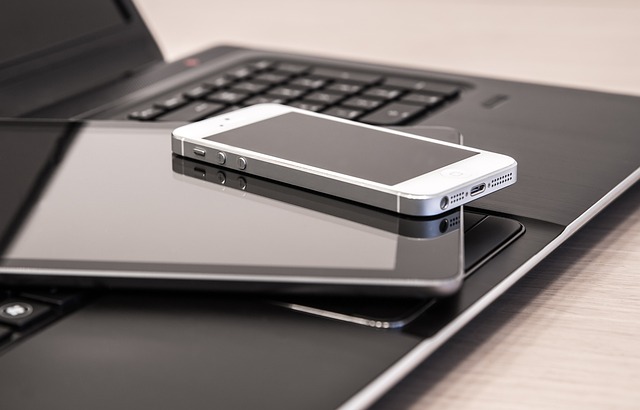In today’s digital age, it’s easy to get caught up in the endless stream of notifications, social media updates, and email alerts from our devices. However, excessive screen time can have serious consequences on our mental and physical health, relationships, and productivity. Setting boundaries for digital device usage is crucial to maintaining a healthy work-life balance, reducing stress, and increasing focus. In this article, we’ll explore the importance of setting boundaries for digital device usage and provide practical steps on how to do so.
For parents, educators, and individuals seeking to create a healthier relationship with technology, it’s essential to establish clear guidelines and limits for digital device use. By doing so, you can help promote responsible technology consumption habits that benefit not only yourself but also your loved ones and community.
To start, consider the following resources: https://smartparentingtech.com/encouraging-mindful-technology-consumption/ for more information on encouraging mindful technology consumption in children.
1. **Identify Your Goals**: Begin by assessing your reasons for setting boundaries. Are you looking to reduce screen time, increase productivity, or improve sleep quality? Knowing your goals will help you create a plan tailored to your needs.
2. **Set Time Limits**: Establish specific time limits for device use, such as during meals, before bed, or during work hours. Consider using apps or built-in features that track and limit screen time.
3. **Designate Device-Free Zones**: Create device-free zones in your home, such as the dinner table or bedroom, to promote face-to-face interaction and relaxation.
4. **Schedule Digital Downtime**: Plan regular digital downtime sessions, where you disconnect from devices for a few hours or days, to recharge and reduce stress.
5. **Find Alternative Activities**: Engage in hobbies, exercise, or creative pursuits that bring you joy and fulfillment, helping you stay connected to the world beyond your device.
6. **Monitor and Adjust**: Regularly review your progress, adjust your boundaries as needed, and seek support from friends, family, or a therapist if struggling with technology addiction.
7. **Implement Screen-Free Policies**: Establish screen-free policies for specific situations, such as during meals, before bed, or during family activities.
8. **Use Technology to Your Advantage**: Utilize apps, browser extensions, or built-in features that help you stay focused, track progress, and maintain boundaries.
9. **Create a Routine**: Develop a daily routine that includes device-free time, exercise, and relaxation techniques to promote balance and well-being.
10. **Be Mindful of Triggers**: Recognize your triggers for excessive device use, such as stress or boredom, and develop strategies to manage them healthily.
Setting boundaries for digital device usage requires intention, effort, and patience. By following these steps and identifying your unique needs, you can create a healthier relationship with technology that benefits your mental, physical, and emotional well-being. Remember, it’s okay to make mistakes and adjust your approach as needed.
Ultimately, the goal is to strike a balance between enjoying the benefits of digital connectivity while maintaining a healthy work-life balance, promoting responsible technology consumption habits, and fostering meaningful connections with others.
Digital Device Usage Boundaries
Mindful Technology Consumption
Screen Time Limits
Device-Free Zones
Digital Downtime




